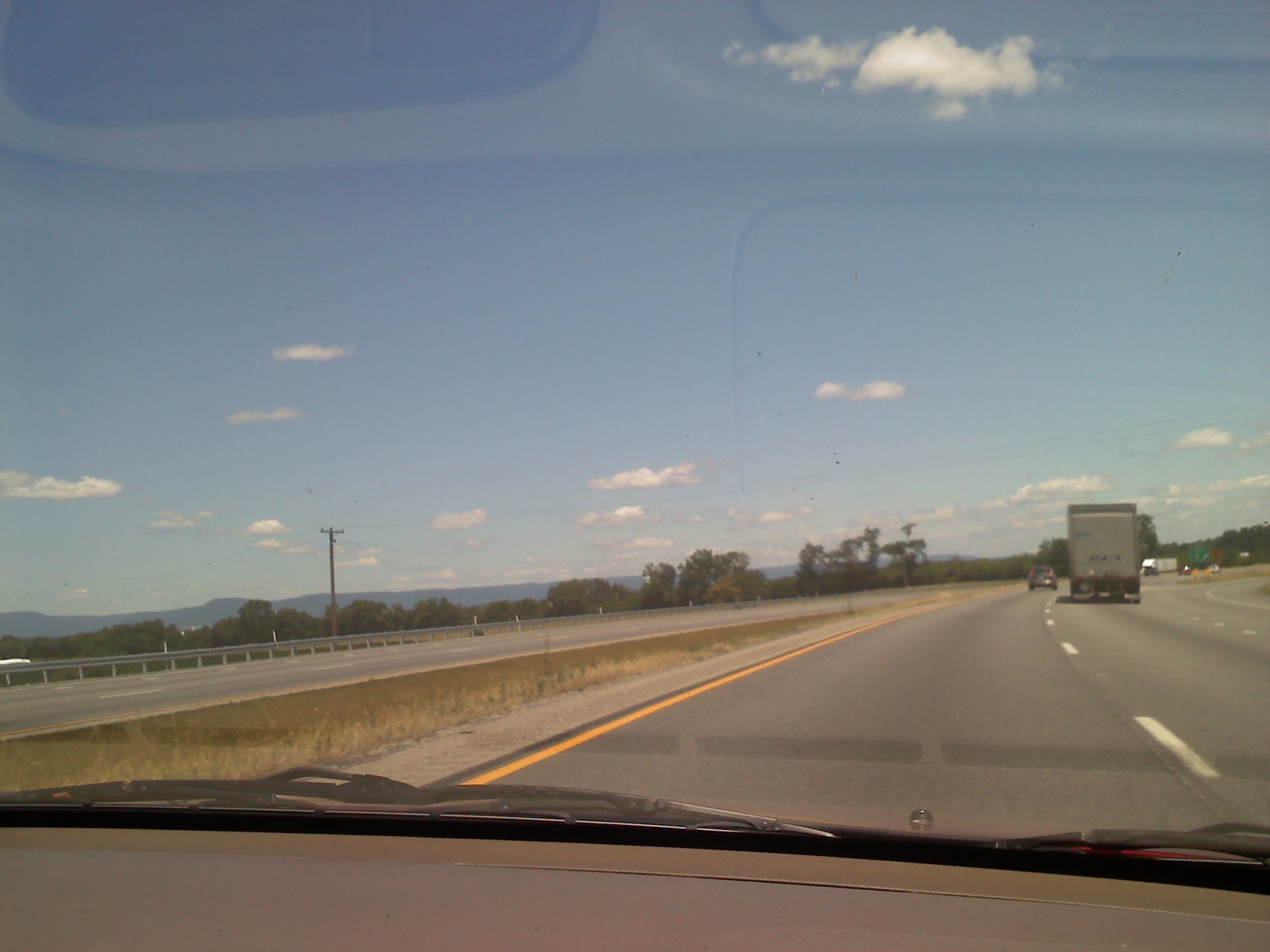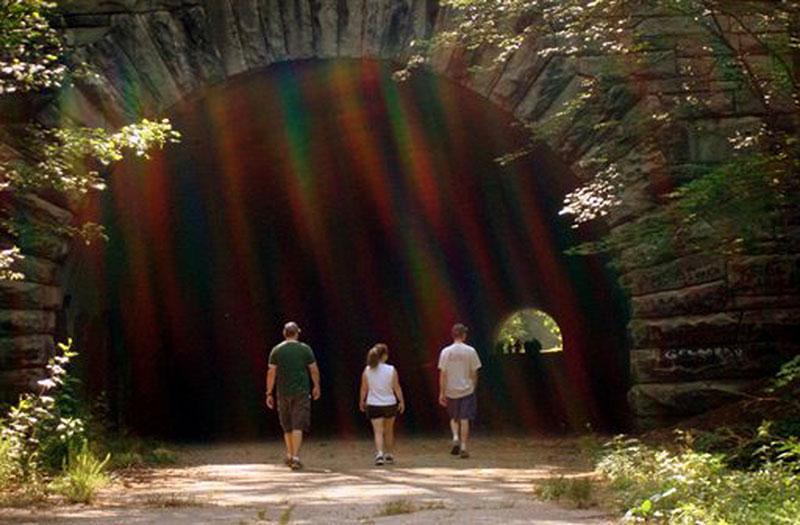

According to the West Virginia Turnpike CAF Report: At each interchange, bridges and underpasses for the mainline had an extra set of graded lanes, indicating that the Turnpike was expected to be widened in the future. Initially, the road used a ticket-based tolling system. The new Turnpike had several nicknames, including "88 miles of miracle" and "the engineering marvel that beat the mountains." Five sided Turnpike shields were installed along the highway. August 2003.] In November, the remaining convert|52|mi|km between Charleston and Beckley opened. West Virginia Department of Transportation. The first section of the highway, the southern convert|36|mi|km from Beckley to Princeton, opened to traffic on September 2, 1954. This cost included $5 million for a two-lane tunnel to connect Dawes to Standard.Ĭonstruction took two years at the cost of five workers. Cost was projected to be $133 million, to be funded through bonds that would be repaid through a system of tolls. This time it was placed at Charleston, citing cost as the primary reason. When ground was broken on the first segment of the Turnpike in 1952, the northern terminus had once again been moved south.



The year 1953 kicked off a period of intense earthmoving that at its peak reached a million cubic yards a week and totaled convert|30000000|cuyd|m3." CAF Report. Due to the occurrence of large slides midway through construction that had to be corrected at additional expense, revenue bonds for an additional $37 million were sold at 4-1/8%. :"The Commission issued $96 million of 3-3/4% revenue bonds in April 1952, and groundbreaking took place in August of that year. Original cost projections came in at $78 million. The route was convert|22|mi|km shorter than the original road mileage between Charleston and Princeton, but would save motorists over two hours of driving between those two points. In November 1951, the final alignment was chosen. The study also suggested that the highway be constructed as a two-lane facility rather than a four-lane highway, with provisions for future widening when funding became available. The study recommended that the northern terminus be moved to Fairplain just outside of Ripley and that the southern terminus remain in Princeton. Both of these plans, however, were shelved in a 1951 study, citing the extreme costs of building a modern highway through very unforgiving terrain as the primary reason. Early proposals showed a highway stretching from Parkersburg to Princeton, while another map diagrammed a route from Wheeling to Princeton. Two years earlier, the state legislature had appropriated funds to study the feasibility of building a superhighway comparable to similar projects being planned and constructed in other states. "The West Virginia Turnpike: 88 Miles of Miracle." Ma. Patteson oversaw the creation of The Turnpike Commission which was the start of the planning of what was to become the West Virginia Turnpike. Heavier traffic loads and increasing traffic volumes made the existing roads dangerous with safety statistics to prove it. Originally serviced by railroads and then two-lane highways, by the mid 20th century the cities grew to the point where the roadways between these regions were becoming woefully inadequate. Transportation has always been a vital link between the main southern and central cities of West Virginia. Interstate Highway System in 1956, superhighways in the form of toll roads such as the Pennsylvania Turnpike and the Ohio Turnpike began stimulating economic development and enhancing transportation in the eastern United States. In the mid-20th century, in the years before creation of the U.S. Due to the difficulty and lives lost in construction, it has also been called "88 miles of miracle." The road is often referred to simply as "the Turnpike" by locals, since there are no other toll roads in the state. It was only in 1986 that the entire length of the Turnpike was upgraded to Interstate standards. Construction began in 1952, several years before the Eisenhower Interstate System was funded. Historically, the West Virginia Turnpike was a two-lane road with treacherous curves and a tunnel (which has since been decommissioned).


 0 kommentar(er)
0 kommentar(er)
